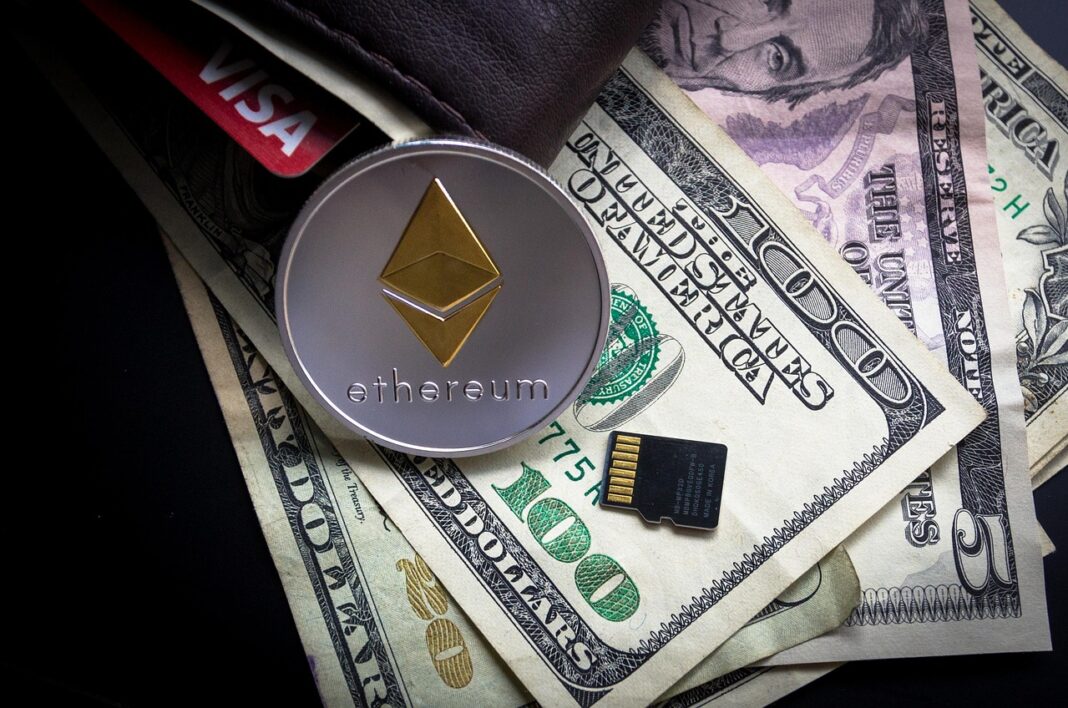Understanding tokenomics is crucial for anyone venturing into the world of cryptocurrencies and blockchain technology. It’s more than just a catchy term; it represents the economic principles that govern a digital asset, dictating its supply, demand, and overall value. In this guide, we’ll break down the core components of tokenomics, explore real-world examples, and provide you with the knowledge to assess the potential of any cryptocurrency project.
What is Tokenomics?
Defining Tokenomics: Economics of Crypto
Tokenomics, a portmanteau of “token” and “economics,” refers to the economic principles that govern the supply, demand, distribution, and value of a cryptocurrency token. It encompasses all the factors that influence a token’s price and its long-term sustainability. Essentially, it’s the economic model of a cryptocurrency.
Why Tokenomics Matters
Understanding tokenomics is vital for several reasons:
- Investment Decisions: It helps investors make informed decisions by evaluating the potential long-term value of a token.
- Project Viability: Strong tokenomics can indicate the long-term viability and success of a blockchain project.
- Risk Assessment: It allows you to assess the risks associated with a particular cryptocurrency based on its economic design.
- Community Participation: It helps participants understand the incentives and governance mechanisms within a blockchain ecosystem.
Key Components of Tokenomics
Token Supply: Quantity and Control
The total supply of a token significantly impacts its value. The supply can be:
- Fixed Supply: A predetermined and unchangeable number of tokens, like Bitcoin’s 21 million. This can lead to scarcity and potentially drive up value if demand increases.
- Inflationary Supply: The token supply increases over time, often through mining rewards or staking incentives. While this can dilute the value of existing tokens, it can also encourage network participation.
- Deflationary Supply: The token supply decreases over time, often through token burning mechanisms. This aims to increase scarcity and potentially drive up the price per token.
- Elastic Supply: The token supply can algorithmically adjust to maintain a target price. These are often referred to as rebase tokens.
Example: Bitcoin’s fixed supply is a key aspect of its value proposition. The limited supply is often cited as a hedge against inflation.
Token Distribution: Getting Tokens into the Right Hands
How tokens are initially distributed can influence the long-term health of a project. Common distribution methods include:
- Initial Coin Offering (ICO): Selling tokens to the public to raise funds.
- Initial Exchange Offering (IEO): Selling tokens on a cryptocurrency exchange.
- Airdrops: Distributing tokens for free to a specific group of users (e.g., existing token holders, social media followers) to increase awareness and adoption.
- Staking Rewards: Rewarding users for holding and staking their tokens, which helps secure the network.
- Mining Rewards: Rewarding miners for validating transactions on the blockchain.
Example: Many DeFi projects use airdrops to bootstrap their user base and distribute governance tokens, empowering the community to participate in decision-making.
Token Utility: What is the Token Used For?
The utility of a token – what it can be used for within its ecosystem – is a crucial factor in its long-term value. Common use cases include:
- Governance: Giving token holders the right to vote on protocol upgrades and other important decisions.
- Staking: Earning rewards for locking up tokens to secure the network.
- Payment for Services: Using tokens to pay for goods or services within a specific platform or ecosystem.
- Access to Features: Requiring tokens to access exclusive features or content.
- Fueling Transactions: Paying transaction fees on a blockchain network.
Example: Ether (ETH) is essential for paying gas fees on the Ethereum network, making it a fundamental utility token.
Token Burning: Reducing Supply
Token burning is the process of permanently removing tokens from circulation, effectively reducing the total supply. This can be done through various mechanisms:
- Transaction Fee Burning: Burning a portion of the transaction fees.
- Revenue Sharing Burning: Using a portion of the project’s revenue to buy back and burn tokens.
- Scheduled Burning: Burning tokens at predetermined intervals.
Example: Binance Coin (BNB) regularly burns a portion of its supply based on quarterly profits, aiming to increase scarcity and value for BNB holders.
Analyzing Tokenomics: Practical Tips
Research the Whitepaper
A project’s whitepaper is your first stop. It should clearly outline the token’s purpose, distribution, and economic model. Look for the following information:
- Total token supply
- Allocation of tokens (e.g., team, investors, community)
- Inflation rate (if any)
- Burning mechanisms (if any)
- Utility of the token within the ecosystem
Understand the Team and Community
A strong and transparent team, combined with an engaged community, are good indicators of a successful project. Assess the team’s experience and track record. Gauge the community’s sentiment and level of activity.
Evaluate the Token’s Utility
Does the token have a clear and compelling use case? Is it essential for the functioning of the platform? A token with limited utility may struggle to maintain its value in the long run.
Consider the Competition
How does the project compare to its competitors? Does it offer unique advantages or innovations? Analyze the tokenomics of competing projects to identify strengths and weaknesses.
Conclusion
Understanding tokenomics is paramount for navigating the complex landscape of cryptocurrencies. By carefully analyzing the supply, distribution, utility, and other key factors, you can make more informed investment decisions and better assess the long-term potential of any blockchain project. Remember that tokenomics is just one piece of the puzzle, but it’s a crucial piece that can significantly impact your success in the crypto world.




